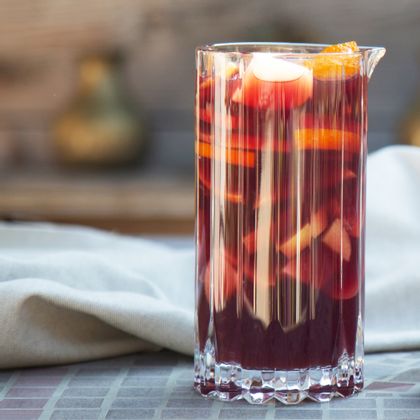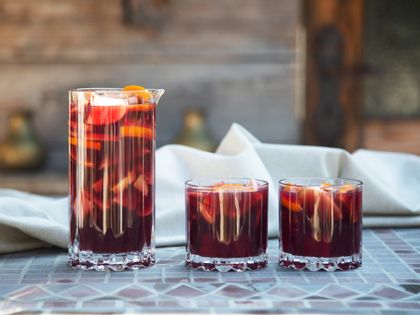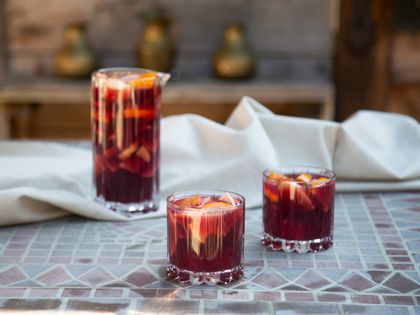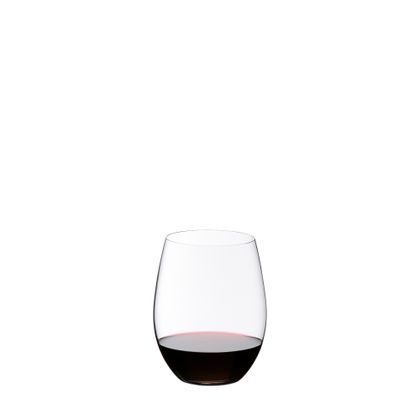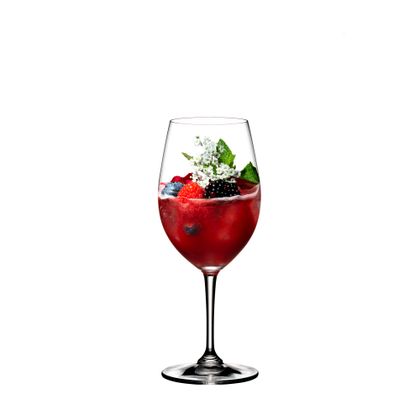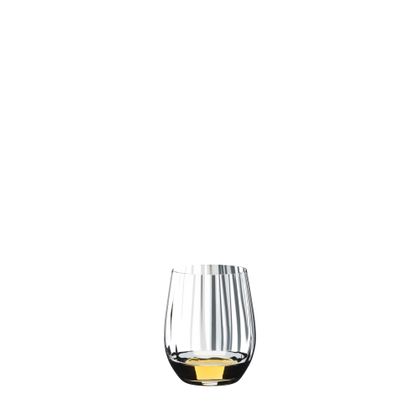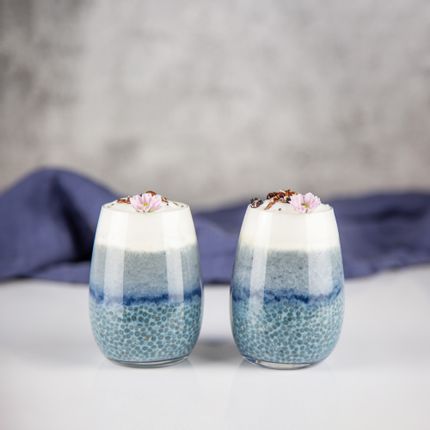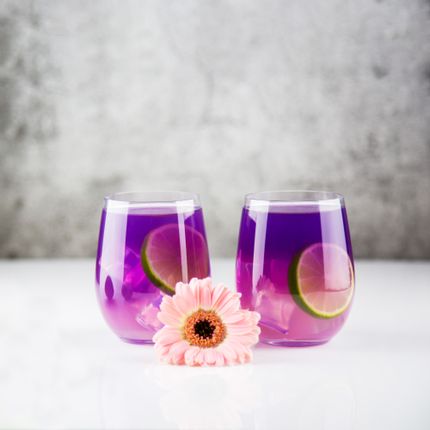Spanish joie de vivre
Sipping on Sunshine: All About Sangria
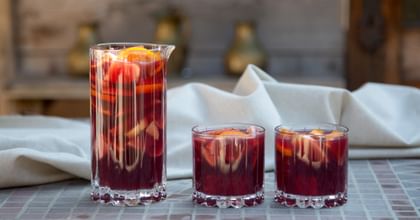
Amid the tapestry of Spanish traditions exists a drink that tells stories of sun-soaked fiestas, laughter-filled evenings, and the art of embracing life's pleasures. Sangria is all about fun times, sunshine, and bringing people together. Join us as we take you through the origins of sangria, its essential ingredients, and the preparation methods that make sangria a cornerstone of Spanish heritage.
Capture the soul of Spain.
Amid the tapestry of Spanish traditions exists a drink that tells stories of sun-soaked fiestas, laughter-filled evenings, and the art of embracing life's pleasures. Sangria is all about fun times, sunshine, and bringing people together. Join us as we take you through the origins of sangria, its essential ingredients, and the preparation methods that make sangria a cornerstone of Spanish heritage.
Why is it called sangria?
‘Sangria’ is thought to be derived from the Spanish word ‘sangre’, meaning ‘blood’, owing to the deep red color delivered by the red wine traditionally used in making it. This name is thought to have been adopted over the past few hundred years when the sangria transitioned from a local delicacy to a globally enjoyed drink.
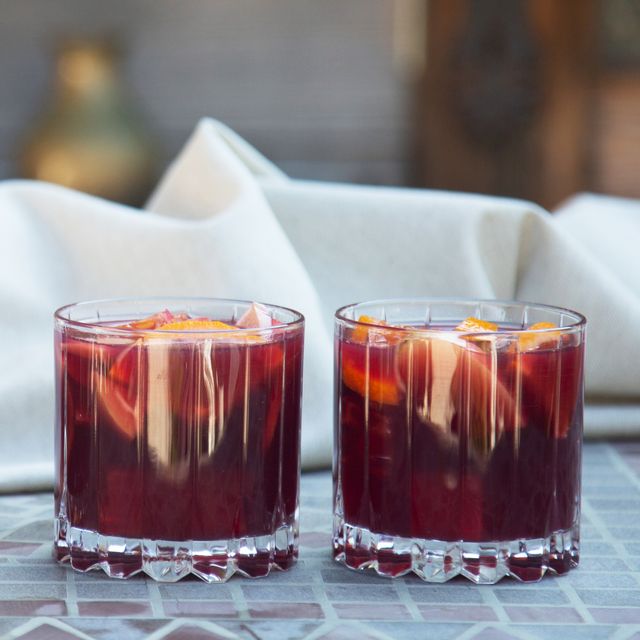
Traditional Sangria Ingredients
1. The base often consists of red wine, chosen for its rich character and ability to carry the essence of the other components. You can also use white wine, which, while not traditional, has emerged as a popular variation in recent decades. Other, even less common bases you can use include cava and cider, so if red wine isn't your thing, there are many alternatives you can try out!
2. Fresh fruits are added to the wine to add sweetness and tang. The most popular fruits are citrus fruits, such as oranges and lemons, but you can also use other fruits, like apples, peaches, and berries.
3. Further sweetness is added through the inclusion of sweeteners like brown sugar, syrup, or honey.
4. While less prevalent in many sangria recipes nowadays, you can add more complexity to your sangria with spices. Cinnamon is the most commonly used spice, but others you may associate more closely with mulled wine, such as star anise, cloves, and cardamom, can also be used.
5. A touch of brandy or an alternative liqueur is often included for an extra kick, giving sangria a distinctive depth. While only an optional ingredient, many consider brandy an essential component of any sangria experience.
6. Soft drinks such as orange juice or soda water are sometimes added to sangria to add volume, carbonation, or fruitiness.
Garnish
Adding garnish can considerably improve the visual appeal of any drink, which can, in turn, make us perceive our drinks as tasting nicer, so it's a step not to be missed.
When serving your sangria, garnish each glass with fresh fruit slices you would use in the recipe for the drink; we're talking the likes of citrus slices, berries, and apple slices, while you can also feel free to add a sprig of mint. These garnishes add a welcome variation in color, giving a more authentic vibe to the entire drink and helping you make your kitchen feel more like a sunny Spanish town plaza.
Locations
